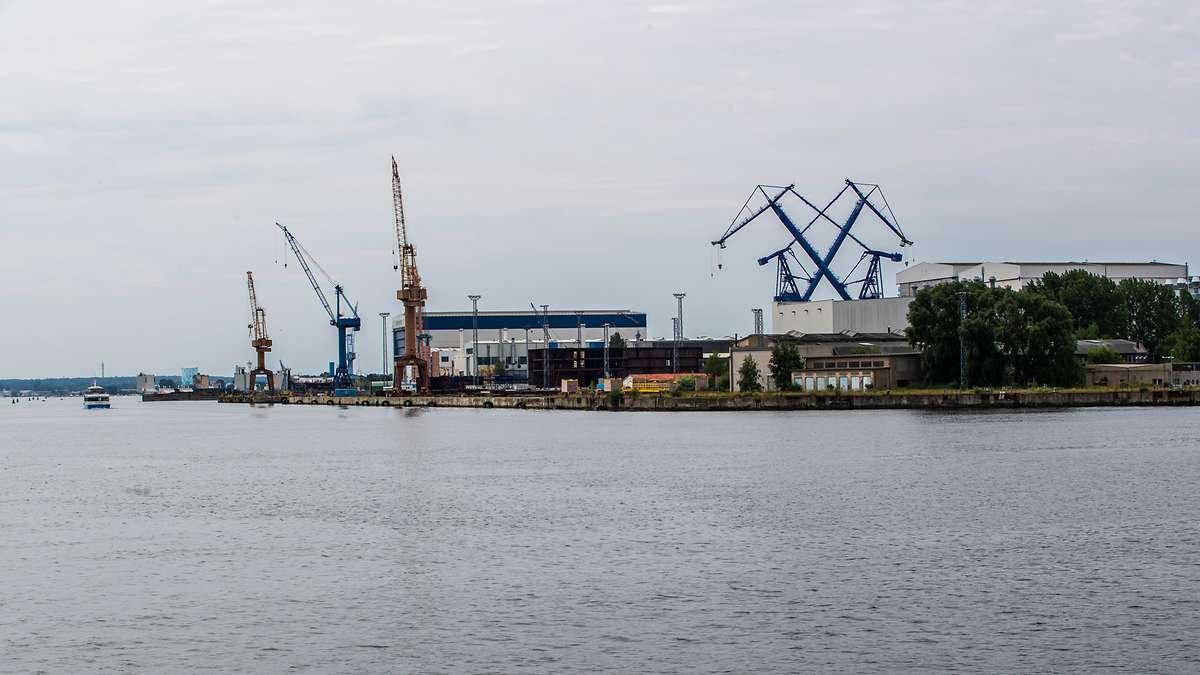Two-thirds of the ships and boats in the fleet must be available for training and operations. In order to improve the situation, the Navy is increasingly working towards the basics of needs-based repairs within the time and cost framework during the shipyard idle times. The leitmotif of this initiative is a United States Highway: Route 66.
On February 24, 2022, the Russian invasion of Ukraine drastically changed the security situation. Once again focused on national and alliance defense, the Bundeswehr, like its partner armed forces, urgently needs to increase their operational readiness.
The Navy aims to have at least 66 percent of its ships and boats physically operational, with an emphasis on combat capability. In order to achieve this ambitious target, the Inspector of the Navy has ordered the implementation of the “Route 66” initiative. It includes a large number of measures intended to improve the technical operational readiness of the German naval forces. It affects fields of action both inside and outside the Navy. The Navy’s Route 66 is not a “highway”. Rather, it is a long, sometimes challenging path with medium-term prospects of success.
Some of the core problems have existed for decades

Essentially, there are three core problems in the material operational readiness of the ships and boats: in maintenance, in the availability of spare and replacement parts , and in the often inadequate material data situation . The Route 66 initiative addresses problems like these in a targeted manner.
In terms of maintenance, the main causes are the drastic reduction in the capacities of the naval arsenal over the past decade. It was therefore important to increase our own capacities again. A ” game changer” was the federal government’s acquisition of the former property of the MV shipyards in Rostock in order to build a new naval arsenal operation. By the end of 2023, he should be fully qualified to carry out his own repairs.
The navy accompanies this development work of the Bundeswehr equipment office BAAINBw Federal Office for Equipment, Information Technology and Use of the German Armed Forces as part of Route 66, among other things, with a coordination and connection element for the new military shipyard operation. In addition, the naval engineering school provides intensive training and further education for the personnel of the former civilian shipyard company who have just been hired into the German Armed Forces.
At the same time, the Naval Support Command (MUKdo) checks together with the BAAINBw Federal Office for Equipment, Information Technology and Use of the German Armed Forces the rules and procedures of maintenance. The aim is to question the tightening measures that the Bundeswehr has partly imposed itself – such as the depth of testing of systems – and to make greater use of discretionary powers and exceptions. In view of the high complexity of warships, the MUKdo, in cooperation with the operational flotillas, continues to examine how the need for repairs can be recorded as far as possible and better evaluated before the start of a shipyard layover.
Active cooperation for the follow-up maintenance of thousands of data sets
The deficits in the spare parts and their logistical data are mostly due to the fact that due to the need to save money in procurement, the supply maturity of systems is often not sufficiently established. The accessibility of material is a fundamental requirement for all logistical processes, including procurement, storage and maintenance. It plays a key role in maintaining operational readiness.
Thanks to the active participation of the key personnel in the operational flotillas in particular, both on board and in the headquarters, around 8,000 devices and around 70,000 components relevant to repairs have been recorded and updated in the past twelve months. This is significant progress and gives cause for optimism. A further effort by the end of 2023 is required in order to be able to complete the first recording on a broad front.
Conclusion: Route 66 is a key moment of success for operational readiness
Route 66 tackles the core issues of material readiness. Despite initial successes, the situation remains tense in view of the high need for repairs and modernization. It is all the more important to consistently continue the fields of action of Route 66 in the coming years.

